2020 Kia Soul Review

The hamsters are gone! The little rodents that once defined the funky Kia Soul are retired now, but the segment-blurring box on wheels remains the weirdo you all know and love. Although it has grown up in many respects, it still doesn’t take itself too seriously, and that’s mostly a good thing.
I self identify as a weirdo so the Kia Soul appeals to me in that it’s unlike anything else on the market right now. All the other boxes on wheels are gone now: The Honda Element, Nissan Cube, and Scion xB have all been discontinued, leaving the Soul to be weird all by itself talking to the cats in the corner. Oh wait, that’s me.
The Kia Soul is now in its third generation and it has always been a defining car for the Korean brand. Is it a crossover? It is a hatchback? Maybe a wagon? Even Kia itself can’t answer this, but labels don’t really belong in today’s world anyway. Although it has a high and upright seating position like a crossover along with CUV-beating space for people and cargo, it doesn’t have the higher ground clearance, all-wheel drive, or higher ride height that many crossover shoppers are really looking for. The Kia Soul, then, becomes an excellent pick for a driver who wants a higher seating position and larger cargo capacity, but not the larger footprint, increased sticker price, or higher operating costs of a crossover with AWD.
ALSO SEE: 2020 Kia Soul EV Review
FAST FACTS
| Engine: | 2.0L 4-cyl / 1.6L turbo 4-cyl |
| Output: | 147 hp, 132 lb-ft / 201 hp, 195 lb-ft |
| Transmission: | 6-speed manual, CVT, or 7-speed DCT |
| US Fuel Economy (MPG): | 31 combined (2.0L auto) / 29 combined (1.6L) |
| CAN Fuel Economy (L/100 km): | 8.6 city, 71 hwy |
| US Price: | Starts at $22,190 |
| CAN Price: | Starts at $25,104 |
| : | (All pricing includes destination) |
| *Note: | Canada only gets 2.0L model |
Powertrain
The 2020 Kia Soul has two engines on offer. The base engine is a naturally aspirated 2.0L four-cylinder with 147 hp and 132 lb-ft of torque. It’s also an Atkinson-cycle engine, which operates more efficiently and is commonly used in hybrids. This engine sends power to the front wheels via a six-speed manual transmission or a CVT. Drivers can also upgrade to a 1.6L turbo four-cylinder with 201 hp and 195 lb-ft of torque that is paired to a 7-speed DCT.
Unfortunately, Canadians get shafted because the 1.6L turbo or 7-speed DCT won’t be available in that market and they won’t get the manual transmission, meaning the CVT is the only one offered. This is a shame because the turbo combination would really help elevate the Soul’s driving dynamics in a way that would make it easier for me to pick it over many crossovers.
Driving Dynamics
The 2.0L engine feels very average — you will be able to get to highway speeds and pass without too much stress, but horsepower peaks at a high 6,200 rpm and torque at 4,500 rpm, so it doesn’t feel too strong off the line. The other problem is that when you’re that high up in the rev range, the CVT sounds coarse and whiney, unwilling to help you out. Although this is quite normal for the segment, if you’re able to upgrade to the 1.6L turbo, do so — that’s the engine and transmission you want if driving dynamics are important to you. During our testing, I was only able to sample the 2.0L Soul, but I’ve driven the Hyundai Veloster Turbo that uses the same 1.6L, and it’s an excellent little engine that would suit the Soul well.
Steering is also average — there is a bit of slop on center, and it feels too light to be any fun. Luckily the car still handles decently, staying composed a corner and over rough roads. In general, the driving dynamics of the 2.0L Kia Soul feel very average, though still very composed. The 1.6L is definitely needed to make it feel more alive.
Features and Interior
Luckily, that’s the only average part of the Kia Soul, as the rest of the car manages to sparkle with its abundance of room and features.
The driving position is high and upright, but even with a six-footer in sitting front, there’s still enough head and legroom for another six-footer in the back. The high seating and excellent sightlines and visibility, along with a crisp and clear reverse camera, make the boxy Soul very easy to park and maneuver.
ALSO SEE: 2019 Nissan Kicks Pros and Cons
The trunk also has a clever two-tiered storage solution where you can hide things under a board or move the partition up to create a shelf. There is 24.2 cu-ft of space in the trunk, which opens up to a massive 62.1 cu-ft with the rear seats folded, and you can also lower the cargo floor in the trunk to hold taller items. This total cargo space rating is actually larger than what the Mazda CX-5 offers, though the Mazda has a larger trunk with the seats in use. The Kia Soul’s square-shaped trunk opening is wide and the car’s boxy shape allows for a lot of versatility.
Like most other Kias, the Soul stands out by offering impressive features. Starting off with the infotainment screen, the base Soul gets a 7-inch touchscreen, but drivers can also upgrade to a huge 10.25-inch widescreen unit. The split-screen layout can easily be customized by dragging and dropping icons and two people can be connected via Bluetooth. This might be helpful if, for example, drivers want to be connected to take calls but the passenger wants to stream their music. The infotainment system is also pretty intuitive to use and simple things like allowing you to enter an address on one line or direct tune a radio station makes it very user-friendly.
Other impressive features available include a heated steering wheel, heated and ventilated seats, an auto-dimming rearview mirror, a Harman/Kardon sound system, and customizable ambient lighting that can react to the music being played in the car. The lighting helps the interior look more upscale, but the lighting modes seem like they were named by an old drunk uncle who tries too hard to be cool by talking like the youths — Party Time, Hey! Yo!, Romance Mode? Please.
There’s also an available a head-up display and though it’s projected on a cheap-looking plastic screen, it shows a lot of useful information like if there’s something in your blind spot. The wireless phone charger is also much appreciated and it even warns you if you’re about to leave the car without taking your phone from the charging shelf. There’s also standard Apple CarPlay and Android Auto, but the Google system doesn’t use the whole widescreen yet, which is kind of a waste of space.
I would have liked if the Kia Soul used more colors when designing the interior because during the day when you can’t get the full effect from the ambient lighting, it can look very drab and dark. Some contrast stitching or color plastic panels instead of piano black might have been a nice touch. Still, the interior looks great, has a sensible layout (everything is where you expect it to be), and nothing about it feels cheap.
ALSO SEE: Hyundai Kona Review
The Soul’s driver assistance and safety technology has also been improved and now includes available rear cross traffic alert, driver attention warning, lane keep assist, high beam assist, and pedestrian detection, which joins adaptive cruise control, blind spot monitoring, lane change assist, forward collision warning, and automatic emergency braking. The adaptive cruise control works well, feeling natural and not jerky, better than the segment norm. The lane keep assist also helps you steer to stay centered in your lane, and it’s also smooth, not pinging you back and forth, but making gentle corrections.
The Verdict: 2020 Kia Soul Review
Being different is the Kia Soul’s greatest strength and in a society that seems to value fitting in, being weird is a huge asset. Differences should be celebrated and the Kia Soul has its party hat on, proudly letting its freak flag fly. In a sea of anonymous-looking cars that blend into the background, I appreciate the cars that appeal to the weirdo in all of us. And the Kia Soul isn’t just relying on its funky looks, making a compelling argument with decent driving dynamics and a huge list of clever features.
In the U.S., pricing for the 2020 Kia Soul starts at $17,490 and a top-of-the line Soul GT-Line with the 1.6L turbo starts at $27,490, plus the $995 destination fee. In Canada, pricing for the Kia Soul starts at $21,195 and the topline GT-Line Limited goes for $29,595 plus the $1,785 destination fee, which is a bit high considering the 1.6L turbo engine isn’t available.
Discuss this article on our Kia Soul Forum
LOVE IT
- Funky styling
- Lots of tech and features
- High seating position
- Unique
- Generous room for cargo and passengers
LEAVE IT
- No turbo option in Canada
- Trying a bit hard to be cool with the youths
- Steering could be improved
- CVT is loud under stress

Jodi has been obsessed with cars since she was little and has been an automotive journalist for the past 12 years. She has a Bachelor of Journalism from Ryerson University in Toronto, is a member of the Automobile Journalists Association of Canada (AJAC), and a jury member for the prestigious North American Car/Truck/Utility Vehicle of the Year (NACTOY). Besides hosting videos, and writing news, reviews and features, Jodi is the Editor-in-Chief of AutoGuide.com and takes care of the site's day-to-day operations.
More by Jodi Lai



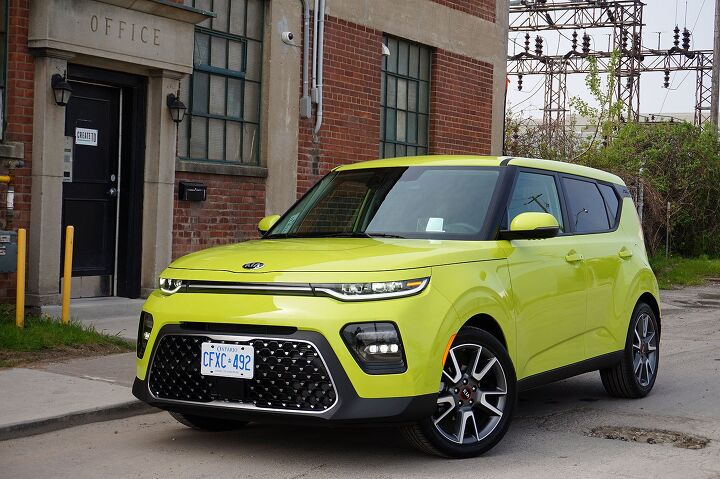
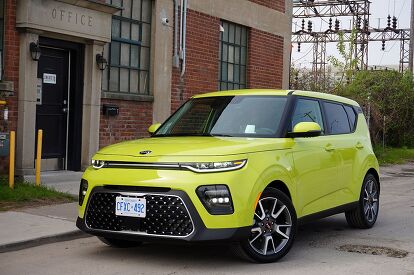

























































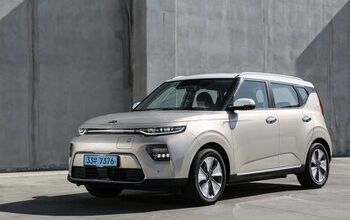
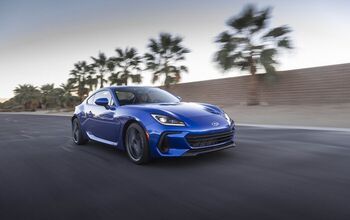
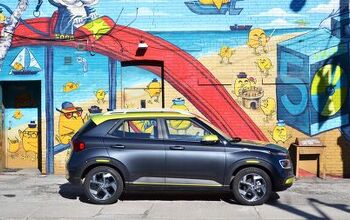
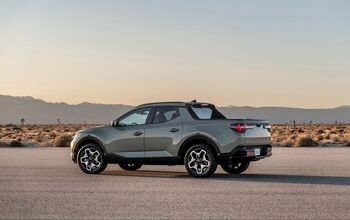


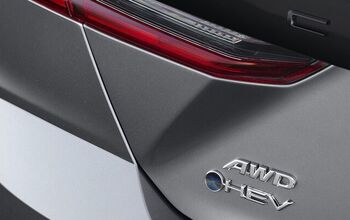



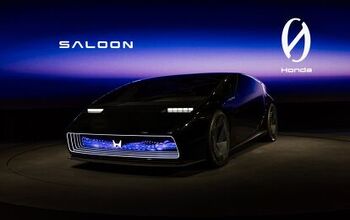

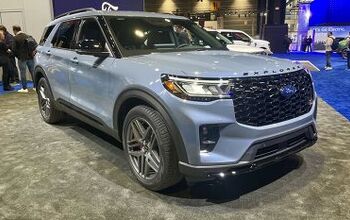


Comments
Join the conversation